Previous
5 designers to follow on Instagram


Your dream house is one step away from you.
Subscribe to our newsletter and get 10% off orders of at least £100,00!
Enjoy it and don’t miss out on our offers and updates.


Bologna has its snobbish, parvenu and provincial side, as well as its bolshy, shabby and pseudo-intellectual one.
These two spirits have learnt to tolerate each other and to coexist side by side, and even to be friendly when it’s time to sit down and share a plate of tortellini.
Bologna is one of the oldest university towns in the Western world, its first college was founded in 1808.
Bologna has always been a haven for intellectuals and men of letters (Dante, Petrarca and Boccaccio studied here), nowadays it’s still considered an attractive destination by international students, so much so that it is the most popular Italian university with those who take part in the Erasmus Programme.
In this vibrant city, culture takes root in the university but it’s in the streets that it comes to life.
In the evening, the city overflows with locals: rich ladies, the wives or matrons of the prosperous local business elite, coming out of the theatre or the best Italian restaurants, step past the drunken students discussing politics or music, sitting on the ground under the arcades or on the steps of the Basilica of San Petronio in Piazza Maggiore (the Piazza Grande as sung by Lucio Dalla).
Did you know that the success of the Fiat Panda, designed by Giorgetto Giugiaro, was decided by the very city of Bologna? These were the eighties and Giugiaro had designed a small SUV which was rather ahead of its time, a compact city car with enough room for two people to spend the night and because of this it was mainly aimed at a young clientele.
But instead, it was the well-to-do ladies of Bologna, living on the hills above the city, who fell in love with this car. It will stand up to any road condition, it is practical in the city, easy to park and has a boot big enough for the weekly shop – and more besides.

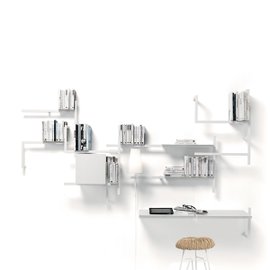
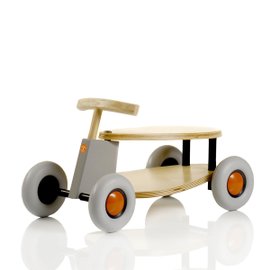
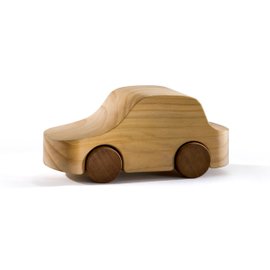
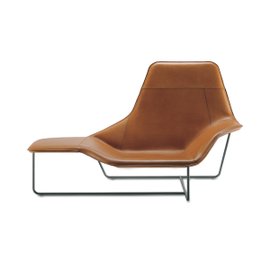
The Palazzo dell’Archiginnasio is the historical part of the University that houses the impressive anatomical theatre, here human bodies used to be dissected during medicine and anatomy classes.
The story goes that it served as the inspiration for several of Edgar Allan Poe’s short stories.
The old medieval town with its forty kilometres of arches is one of the best preserved in Europe. When we were there at the end of 2017, the Gigante too (al Zigànt in Bolognese dialect) – the affectionate name the locals use to refer to the imposing Fountain of Neptune by Giambologna – was being retouched and tall scaffolding hid its nether regions.
Part of the wider Palazzo d’Accursio complex, the Biblioteca Salaborsa is an extraordinary covered square with two galleries and two basement rooms, painted and decorated in Art Nouveau style, and panelled ceilings too.
It was turned into a library only in 2001, and before that this part of the building was used as, in chronological order: the town hall, a botanical garden, the telegraph office and later on as the new headquarters of the royal postal service, the stock exchange, a bank, an indoor sports arena, the first Teatro Stabile dei Burattini (lit. puppet theatre), and the admin office of the municipality of Bologna.
Bologna has to be red. Because of the ubiquitous medieval buildings in terracotta, adorned by kilometres of arches.
Because of the Rosso Ducati motorcycles and the Ferrari cars that, together with Lamborghini and Maserati, have turned Bologna and its surrounding region into the land of motors.
Because of the left-wing municipal government, almost uninterrupted from 1945 onwards.
Because of the frequent street demonstrations, and the implicit style rule observed by the retro-boho-shabby crowd, ranging from cotton trousers to woollen muffs.
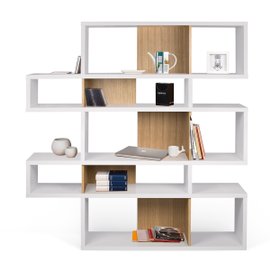
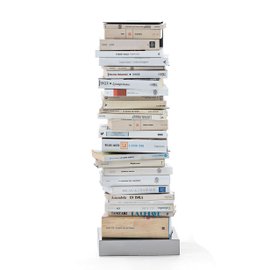
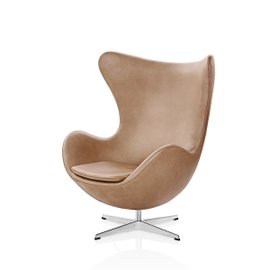
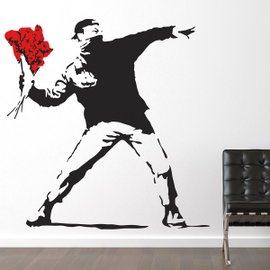
Finally, we can now tackle the aspect of Bologna that interests everyone, red and black, intellectuals and philistines, students and entrepreneurs: food.

Beginning with Pellegrino Artusi and right up to the first Touring Club guide books, the imaginary perception of Bologna as a culinary paradise doesn’t seem to be in decline. Apart from pizza and spaghetti, what traditional Italian dishes are the most mispronounced by foreigners? Tagliatelle al ragù, mortadella, tortellini and lasagne, are all, by happy chance, made in Bologna and the surrounding area.
Here stuffed pasta is a basic human need, like water (even better if you drink Lambrusco), bread (although the Crescentine, a local type of bread, would be more appropriate) and milk (used to make Parmiggiano Reggiano). So much so that at lunchtime you can even buy a plate of stuffed pasta in one of the tiny bakeries dotted around the old town centre and eat it somewhere else on the other side of the road. In other words, tortelli on the go.
People from Bologna are not to be trifled with when it comes to fatty foods, in fact this is the undisputed reign of cured meats. Visiting Bologna around Christmas won’t help: if you want to enjoy its architecture you will literally have to wade through a sea of local specialities like cotechini, mortadelle, prosciutti and culatelli. The food markets are everywhere: from the streets to the historic buildings.
In 2014, the Mercato di Mezzo, a stone’s throw away from Piazza Maggiore, was turned into a modern temple of gastronomy. The structure extends over three floors, and you can either shop for food and wine or eat excellent local dishes on the spot.
There are both big and small communal tables on the ground floor, as well as food stalls fitted into lateral recesses just as they did in the nineteenth century: meat, fish, cured meats, cheese, fruit, bread, pasta, ice-cream and pastries, wine. There’s a pizzeria on the first floor and a microbrewery in the basement with its distinctive barrel-vaulted ceiling.
Outside the city, climbing up into the Apennines on the outskirts of Modena, you could visit Zocca, the home town of the iconic Italian rocker Vasco Rossi. Should Vasco not be at home, you could always console yourself with some local shopping at the Rosola dairy.
The story goes that chef Bottura buys all of his Parmiggiano Reggiano here. Really? Yes of course, because it’s produced using the milk of the White Modenese Cow, an almost extinct breed, which now numbers only a few hundred animals.
Another popular singer from Emilia Romagna, a region which combines provincialism so brilliantly with cosmopolitanism, praises one of the most renowned local wines, the Lambrusco.
Less noble than its counterparts from Tuscany or Piedmont, nonetheless thanks to local reverence for tradition and the perseverance of several wine-growing families from Sorbara, Lambrusco was awarded the I Tre Bicchieri (lit. three glasses) prize for 2018 by the Gambero Rosso guide and is now set to conquer the States, where it is gaining in prestige.
Balsamic vinegar is another matter that’s taken very seriously. Nobody is ashamed to admit to owning a vinegar cellar: there’s no economic reason behind this type of production.
Traditional balsamic vinegar has to rest for at least 25 years and it constitutes only 3% of the entire barrel content of a cellar. It’s expensive, at times ridiculously so.
But it couldn’t be otherwise: some barrels are centuries old, they were there before the owner was or even his father and grandfather. The oldest barrel is from the eighteenth century, shown off to the public during guided tours and pilgrimages. It’s not black but it certainly is gold. Caramelised gold of course.

At the end of the nineteenth century, the prosperous elite was enthralled by spices, coffee and exotic fruits. A clever pastry chef from Vignola came up with a recipe for a black cake, made with chocolate, coffee grinds and peanuts.
In 1907, the cake was given the name of the most illustrious local personality: the architect Jacopo Barozzi who replaced Michelangelo as architect in charge of the construction of the Basilica of San Pietro in the Vatican.
Loris, a chubby bewhiskered man from Vignola who entertains us for a good half hour recounting the virtues of this neighbourhood, swears that the Torta Barozzi is Queen Elizabeth’s favourite cake. Should we believe him?
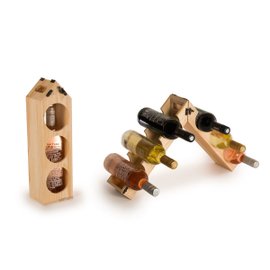
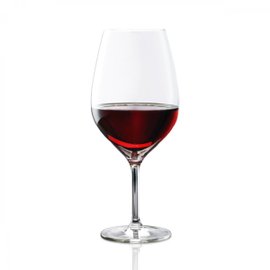
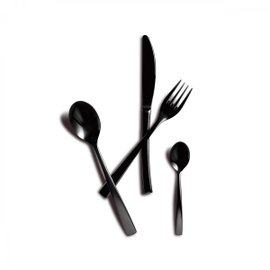

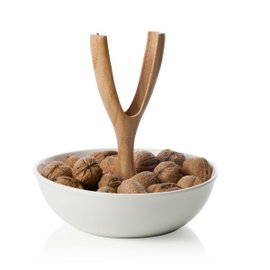
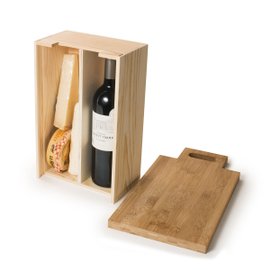
Dining
Rack Pack
Gifts
Christmas
Aida
Engraved House
Brandani
Home Accessories
TemaHome
Ricardo Marçal
Furniture
Opinion Ciatti
Bruno Rainaldi
The best of Design
White Design
Italian Design
Design icons
Home with a sea view
A neutral palette for multicolor effects
Dreaming of an elegant Christmas
Fritz Hansen
Arne Jacobsen
Nordic Design
Earth tones and Marble
The Binary Box
Home Accessories
Mogg
Studio 14
Back to Work – Design Edition
The Hygge Philosophy: Informal and Versatile also in the Office
Smart Working
Sirch
Kids
TobeUs
Matteo Ragni
Zanotta
Ludovica e Roberto Palomba

 Back to
Back to
Size*
Quantity*




